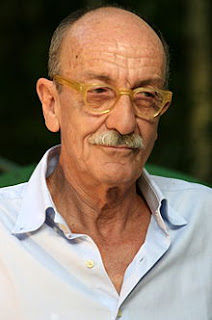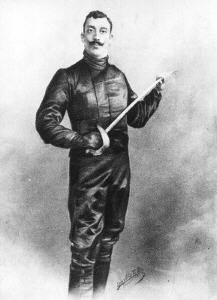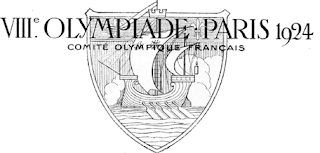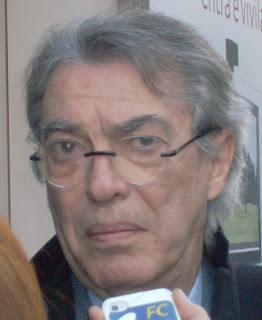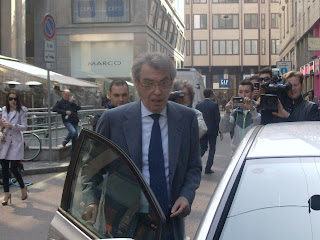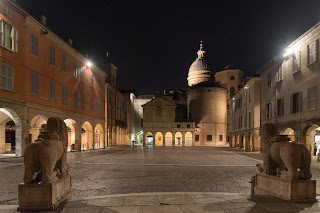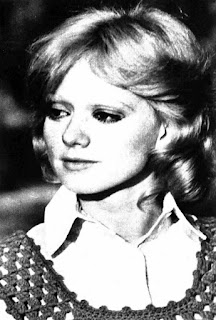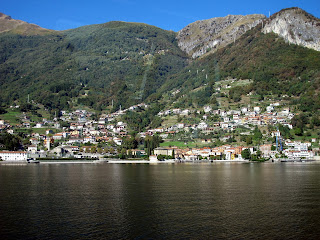Long career of a musical philosopher
 |
| Franco Battiato's musical career encompassed different genres but retained philosophical and religious themes |
Nicknamed Il Maestro, Battiato has written many songs with philosophical and religious themes. He has also had a long-lasting professional relationship with Italian singer Alice, with whom he represented Italy at the 1984 Eurovision Song Contest.
Battiato graduated from high school at the Liceo Scientifico Archimede in Acireale, a city in the province of Catania in Sicily.
He went to Rome and then moved on to Milan, where he won his first musical contract.
After his first single, La Torre, was released, Battiato performed the song on television. After some success with the romantic song E l’amore, he released the science fiction single La convenzione, which was judged to be one of the finest Italian progressive rock songs of the 1970s. The albums of electronic music he produced in the ‘70s, obscure at the time, are now sought after by collectors.
His popularity grew after he moved away from progressive rock to a more mainstream pop style, producing music that was regarded as elegant, yet easy to listen to. His album La Voce del Padrone remained at number one in the Italian charts for six months, becoming the first Italian album to sell more than one million copies in a month.
| Battiato had a successful partnership with the popular singer Alice |
In 1994 Battiato began to collaborate with the Sicilian philosopher Manlio Sgalambro, who went on to write the lyrics for many of his albums. In 1996 they brought out what is regarded as their best work, L’imboscata, containing the romantic hit, La cura, which was chosen as the best Italian song of the year.
In 2003, Battiato released his first feature film, Perduto amor, for which he also composed the soundtrack. The film won the Silver Ribbon for the best debutant director.
In 2012 he accepted an offer to become the new regional minister for Tourism and Culture in Sicily but was subsequently fired after making controversial remarks.
Battiato continued making music and went on tour with Alice in 2016. He held his last concert in Catania in 2017 but then had to give up for health reasons. His manager announced his retirement from the music scene at the end of last year. Battiato celebrates his 75th birthday today.
UPDATE: Franco Battiato sadly passed away in May 2021 at the age of 76, from an undisclosed illness. He was living in the village of Milo, on the eastern slope of Mount Etna and only 10km (six miles) or so from his birthplace, where he bought a villa in the 1980s.
Travel tip:
Ionia, where Franco Battiato was born, is an area in Sicily on the west coast, a little over 30km (19 miles) north of Catania. It was renamed Ionia in 1942, three years before Battiato was born. Under Fascist rule it had been named Giarre-Riposto in 1935. Giarrre and Riposto had separated in 1841 but the Fascist government had decided to unite them again to form a larger conurbation. The railway station, which is part of the Messina-Catania railway, is still named Giarre-Riposto. The original names were restored in 1945 after the fall of Mussolini and the end of World War Two.
Travel tip:
The historic coastal city of Acireale, where Battiato was educated, can be found 17km (11 miles) to the north of Catania at the foot of Mount Etna. Facing the Ionian sea, Acireale has many old churches, including the neo-Gothic St Peter’s Basilica in Piazza Duomo, the Baroque St Sebastian’s Basilica and Acireale Cathedral and seminary for the training of priests. Acireale also has the oldest art academy in Sicily, the Accademia dei Dafnici e degli Zelanti.
Also on this day:
1514: The birth of assassin Lorenzino De’ Medici
1919: The Italian Fascist Party is launched at a rally in Milan
1922: The birth of actor Ugo Tognazzi
Home
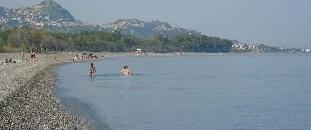 |
| The beach at Riposto, which became part of an area that was renamed Ionia in 1942 |
Ionia, where Franco Battiato was born, is an area in Sicily on the west coast, a little over 30km (19 miles) north of Catania. It was renamed Ionia in 1942, three years before Battiato was born. Under Fascist rule it had been named Giarre-Riposto in 1935. Giarrre and Riposto had separated in 1841 but the Fascist government had decided to unite them again to form a larger conurbation. The railway station, which is part of the Messina-Catania railway, is still named Giarre-Riposto. The original names were restored in 1945 after the fall of Mussolini and the end of World War Two.
 |
| The beautiful cathedral of Saint Peter in Acireale's historic Piazza Duomo, which sits in the shadow of Mount Etna |
The historic coastal city of Acireale, where Battiato was educated, can be found 17km (11 miles) to the north of Catania at the foot of Mount Etna. Facing the Ionian sea, Acireale has many old churches, including the neo-Gothic St Peter’s Basilica in Piazza Duomo, the Baroque St Sebastian’s Basilica and Acireale Cathedral and seminary for the training of priests. Acireale also has the oldest art academy in Sicily, the Accademia dei Dafnici e degli Zelanti.
Also on this day:
1514: The birth of assassin Lorenzino De’ Medici
1919: The Italian Fascist Party is launched at a rally in Milan
1922: The birth of actor Ugo Tognazzi
Home
